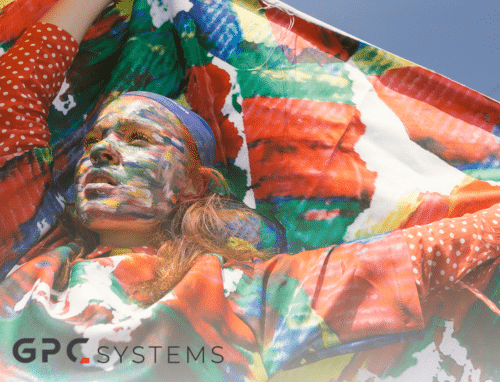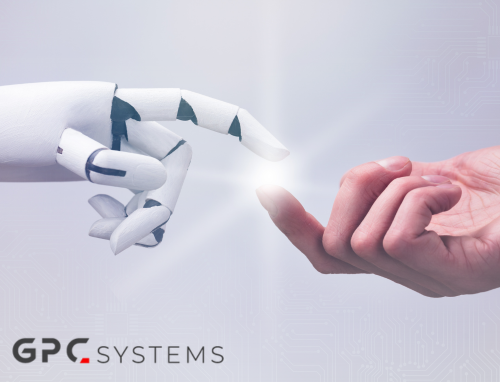
Beyond Code: Can AI Truly Grasp the Depths of Human Culture?
Artificial intelligence (AI) is becoming an integral part of modern life, from personal assistants to large-scale industrial solutions. But as AI systems gain greater influence in decision-making and daily interactions, the question arises: Can AI truly adapt to the diversity of cultures and values that define human societies? And if so, how?
Can AI Adapt to Different Cultures?
In theory, yes—AI can be tailored to understand, reflect, and operate within the context of different cultural norms and moral frameworks. However, doing so is not as straightforward as programming universal tasks like sorting data or playing chess. Culture encompasses nuanced values, behaviours, languages, and shared experiences that vary from region to region and community to community.
AI, by default, lacks cultural awareness. For example, an AI system designed in Silicon Valley might inadvertently reflect Western biases, values, and assumptions. Yet, AI must eventually transcend these boundaries if it is to serve a truly global audience. This challenge has spurred efforts to design culturally adaptive AI systems that are capable of respecting and understanding the moral and cultural frameworks of different communities.
How Can AI Adapt to Cultural Diversity?
To successfully adapt to varying cultural contexts, AI needs to meet several criteria:
- Local Data Training: AI systems need to be trained on data that reflects the specific cultural nuances of the population they are serving. This includes region-specific language use, behavioural patterns, ethical considerations, and even historical contexts that may shape a society’s collective understanding of right and wrong.
- Multilingual Capabilities: Language is a key cultural component. Multilingual AI systems must go beyond mere translation; they need to understand context, idioms, and even non-verbal cues that vary by region.
- Ethical Sensitivity: AI must be designed to respect moral frameworks, which can differ drastically between societies. For instance, Western societies often value individualism and free speech, while Eastern cultures may place more emphasis on community and harmony. Designing AI to adhere to ethical values that align with each society requires close consultation with local experts and communities.
- Continuous Learning: Cultures evolve. For AI to stay relevant, it must not only be adaptable but also capable of continuous learning, updating its knowledge based on new cultural shifts or emerging trends.
- Incorporation of Human Feedback: Perhaps most importantly, human oversight is critical to ensure that AI doesn’t impose one cultural framework over another. Incorporating feedback from diverse local communities can prevent cultural blind spots and ensure AI systems operate within accepted ethical boundaries.
Who’s Pioneering Culturally Adaptive AI?
Several companies and researchers are working at the intersection of AI and culture:
- OpenAI: As one of the leading AI research labs, OpenAI’s work on language models such as GPT-4 has demonstrated a significant push toward creating AI that can communicate effectively in different languages and adapt to various cultural contexts. While the core model is trained on a wide range of global data, ongoing refinements allow for better region-specific use cases.
- Google DeepMind: With its focus on developing AI with a more general understanding of the world, DeepMind is also advancing research in creating systems that respect ethical and cultural diversity. The company is working on AI models that have improved interpretability, which will be key in ensuring that AI decisions align with cultural contexts.
- Microsoft: Microsoft has been exploring how AI can be used to foster inclusivity, particularly through its work on responsible AI. The company is investing in AI tools that not only perform tasks but also ensure cultural sensitivity and respect for local laws and traditions. They’ve also initiated AI for Cultural Heritage projects to preserve languages and cultural artefacts.
- Tencent and Alibaba: In China, tech giants like Tencent and Alibaba are incorporating AI into applications like chatbots, virtual assistants, and recommendation engines, all of which need to be sensitive to Chinese cultural values. These companies are pushing the boundaries of AI that respects local customs and legal frameworks, especially in the context of China’s collectivist culture.
- Cultural Institutions and Nonprofits: Beyond the tech giants, organisations like UNESCO and various cultural heritage groups are working to ensure that AI systems are used to preserve and respect cultural diversity, not homogenise it. AI is being used to digitise and preserve ancient languages, artwork, and cultural narratives for future generations.
What Does AI and Culture Look Like?
The integration of AI into culture will likely take multiple forms:
- Localisation of AI Services: The way AI interacts with individuals in Japan will differ from how it engages with users in Brazil or Egypt. Localised AI models will reflect the languages, traditions, and ethical standards of each region, resulting in more personalised and relevant interactions. For instance, an AI-based virtual assistant in Japan may emphasise politeness and hierarchical respect in its communication, while one in the United States might prioritise efficiency and directness.
- Cultural Preservation: AI has the potential to play a significant role in preserving endangered cultures. For example, AI models can help catalog dying languages or assist in the reconstruction of cultural heritage sites destroyed by natural disasters or conflicts.
- Moral Decision-Making: As AI becomes more involved in sectors like healthcare, law enforcement, and education, moral decision-making will be crucial. AI needs to make decisions that align with local values. This may mean that AI systems in one part of the world are programmed to behave differently than in another, based on local moral frameworks.
- Art and Creativity: AI is already playing a role in producing culturally resonant art, music, and literature. By studying traditional forms, patterns, and motifs from different cultures, AI can contribute to the creation of new works that honour historical styles while innovating within them. This form of cultural AI also allows for the sharing of traditions across global audiences in fresh, engaging ways.
Challenges Ahead
While the future looks promising, the journey to create culturally adaptive AI is filled with challenges:
- Bias in Data: If AI is trained on biased or incomplete datasets, it can reinforce harmful stereotypes or ignore cultural nuances altogether. Addressing bias in AI training is essential, and this requires gathering data from diverse and representative sources.
- Ethical Dilemmas: What happens when different cultural values clash? For example, how should an AI system handle a moral dilemma where one culture values individual rights and another prioritises collective well-being? AI systems will need clear frameworks to navigate such conflicts.
- Tech Colonialism: There’s a risk of “tech colonialism,” where AI systems designed by Western tech giants impose Western values on non-Western societies. Preventing this requires the involvement of local communities in AI development and governance.
Conclusion: AI in a Culturally Diverse World
AI is on the cusp of a major transformation in its ability to interact with and adapt to different cultures. Through localised training, ethical sensitivity, and a commitment to continuous learning, AI can potentially bridge the cultural divide and become a more inclusive tool. Companies like OpenAI, Google DeepMind, and Microsoft are leading the charge, but the role of human oversight and community involvement will be crucial in ensuring AI systems respect the cultural and moral diversity that makes the world such a rich place to live.
In the end, the intersection of AI and culture presents not only technical challenges but philosophical ones. As AI becomes more embedded in our daily lives, societies will need to navigate the balance between innovation and tradition, ensuring that technological progress doesn’t come at the expense of cultural heritage.
Join us here at GPC weekly as we explore Ai and current trends.




